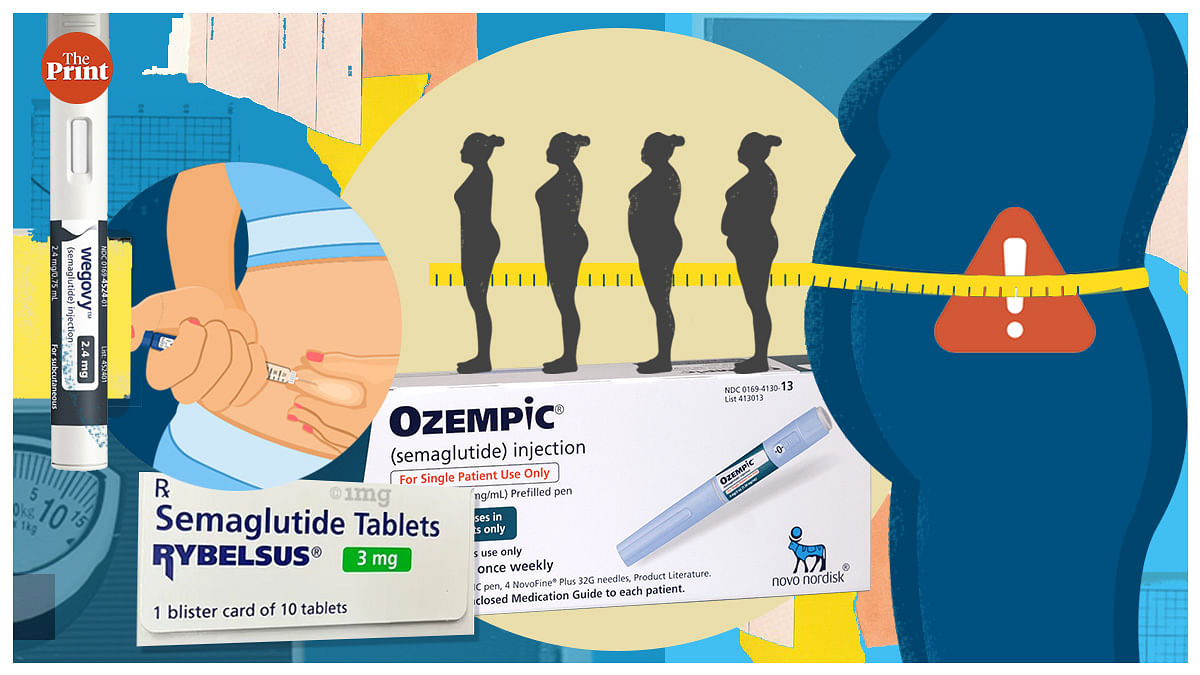- Arvind's Newsletter
- Posts
- Arvind's Newsleter
Arvind's Newsleter
Issue No #865
1.India Inc has a gaping gender disparity in its workforce, reports Mint
India’s largest publicly-traded companies employ three men for every woman in their workforce, indicating a wide, persistent gap despite growing corporate clamour about diversity. The 94 companies on the BSE 100 index that have reported this data had an aggregate 25.9% women on their staff as of 31 March 2023, a Mint analysis of their latest annual reports showed.
Services lead in women's share; manufacturing disappoints
Women have relatively better representation—though still far from parity—in information technology (IT) (35%) and financial services (23%), the analysis showed. Metals and mining, chemicals, power, and auto trailed with less than 10% share.
Diversity is not just a buzzword. Making a stronger business case for it, a McKinsey report in 2020 found that more diverse companies were more likely than ever before to outperform peers on profitability. Studies before the pandemic also showed the drastic extent to which India could expand its GDP with a gender-equal workforce. Read on.
2.Suzuki eyes exporting India-made EVs to Japan as early as 2025, reports Business Standard, based on Nikkei report
Japan's Suzuki Motor will start producing electric vehicles in India and export them from there to Japan as early as 2025, the Nikkei newspaper reported on Wednesday. In a step to make India its global electric car manufacturing hub, Suzuki will also consider supplying India-made EVs to partner Toyota Motor for European markets that would be sold under the Toyota brand, the Nikkei said.
Nikkei said Suzuki will set up a new production line at a plant in India's western state of Gujarat, where its subsidiary Maruti Suzuki would start producing next autumn.
The battery-powered cars that Suzuki plans to export to Japan would be small sports utility vehicles and would have a price tag of around 3 million yen ($20,043) to 4 million yen, Nikkei said. The production line would also make gasoline-powered cars and would reach an expected capacity of 250,000 units a year, the newspaper added.
3.Eli Lilly’s new obesity drug outperforms existing treatments like semaglutide, with patients losing on average 25% of their body weight, a new study found.
Tirzepatide, brand name Mounjaro, was approved in the U.S. last year to treat diabetes and is expected to be licensed for obesity soon. The study looked at patients who had already lost weight and found that those on tirzepatide lost more while those on placebo put some back on. The new treatments are reshaping obesity treatment: Novo Nordisk, maker of semaglutide, is Denmark’s biggest company, and in India, where obesity is a growing problem, patients are demanding the drug instead of traditional treatments.
4.UK Workers Turn to AI Seeking Better Work-Life Balance, reported Bloomberg
A survey by Accenture in the UK found that workers are increasingly turning to AI to reduce workload. As per the survey, almost half of British workers are using generative AI at least once a week. The workers are using the saved time to increase focus on life outside work. It’s not a bad thing for companies either. Productivity has surged, and a more content workforce translates into significant cost savings in terms of working days.
5.Teens Spend Average of 4.8 Hours on Social Media Per Day, based on Gallup study.
Just over half of U.S. teenagers (51%) report spending at least four hours per day using a variety of social media apps such as YouTube, TikTok, Instagram, Facebook and X (formerly Twitter), a Gallup survey of more than 1,500 adolescents finds. This use amounts to 4.8 hours per day for the average U.S. teen across seven social media platforms tested in the survey.
Across age groups, the average time spent on social media ranges from as low as 4.1 hours per day for 13-year-olds to as high as 5.8 hours per day for 17-year-olds. Girls spend nearly an hour more on social media than boys (5.3 vs. 4.4 hours, respectively).
6.Early Intelligence Suggests Hospital Blast Caused by Palestinian Fighters, U.S. Says
Officials cautioned that analysis is preliminary and that the United States was continuing to collect and analyze evidence.
The intelligence includes satellite and other infrared data showing a launch of a rocket or missile from Palestinian fighter positions within Gaza. American intelligence agencies have also analyzed open-source video of the launch showing that it did not come from the direction of Israeli military positions, the officials said. Israeli officials have also provided the United States with intercepts of Hamas officials saying the strike came from forces aligned with Palestinian militant groups.
“While we continue to collect information, our current assessment, based on analysis of overhead imagery, intercepts and open-source information, is that Israel is not responsible for the explosion at the hospital in Gaza yesterday,” said Adrienne Watson, a spokeswoman for the National Security Council.




